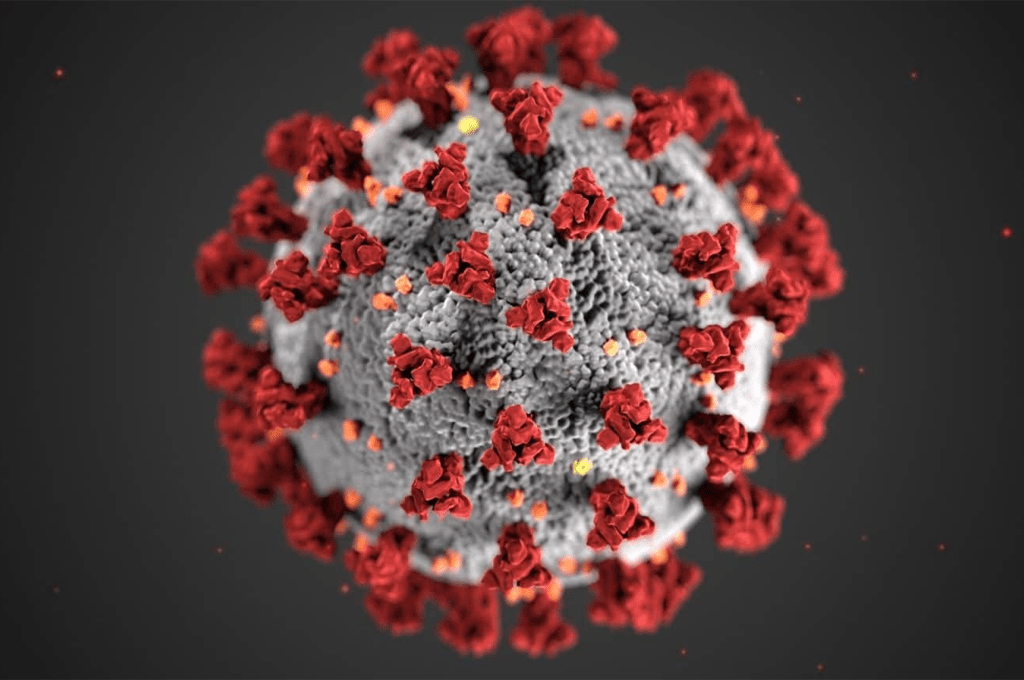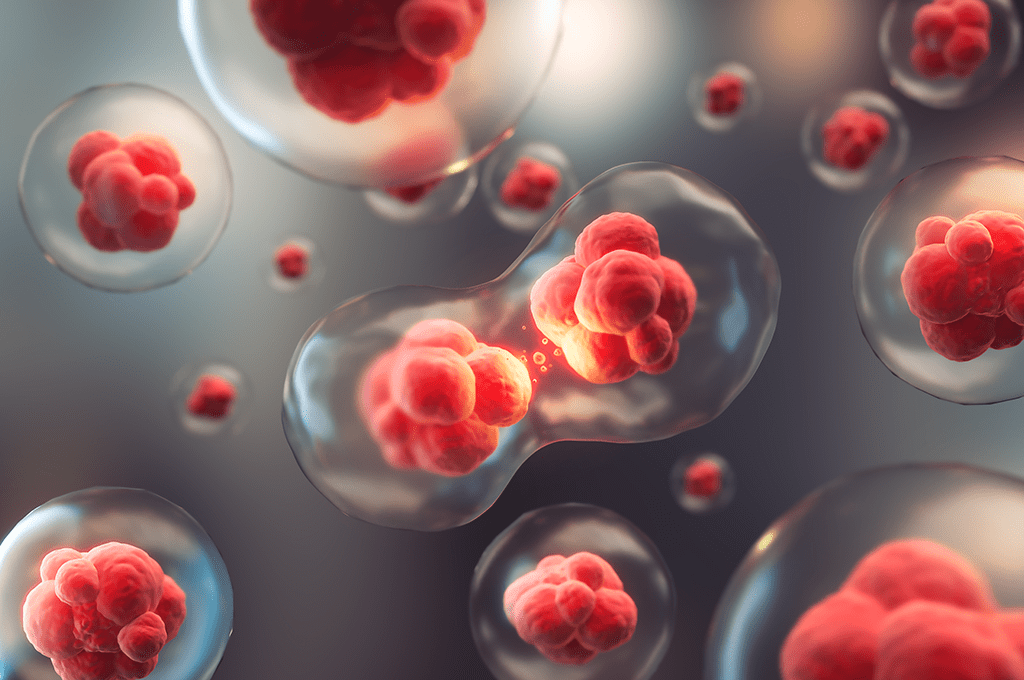Picoliter droplet screening system finds more productive yeast cells
A recent paper in the Proceedings of the National Academy of Sciences (PNAS) describes how researchers at KTH/SciLifeLab were able to find more productive yeast and the underlying genetic alterations using picoliter droplet screening in a microfluidic system.
Bakers or brewers yeast, Saccharomyces cerevisiae, is one of the main producers of recombinant proteins, used as pharmaceuticals and critical to the sustainable biotech industry. The ultimate goal of increasing yeast protein productivity is to lower the price of drugs and enabling the sustainable bio-based production of chemicals or fuels.
The scientists at KTH/SciLifeLab, in collaboration with Chalmers researchers, first exposed yeast cells to UV-radiation to generate a diverse population of yeast variants. Then they analyzed more than 100 000 of these variants to select the cell variants which could produce and release the greatest quantity of a certain protein. To analyze how much protein each cell could produce, cells were isolated in tiny picoliter water droplets, surrounded by oil, each containing the same amount of water as a millionth of a teardrop. These droplets were then automatically processed, hundreds per second, in channels smaller than the size of a human hair, to sort out the top producers in hours. Multiple rounds of this cycle of diversification and selection, referred to as directed evolution, were repeated to select increasingly better yeast cell factories. The researchers then sequenced the complete genomes of the top performing yeast cells and were able to find mutations responsible for improved protein production and release.
The study is part of the global Novo Nordisk Center for Biosustainability effort focused on the transformation from petrochemicals based to bio-based sustainable industry.




